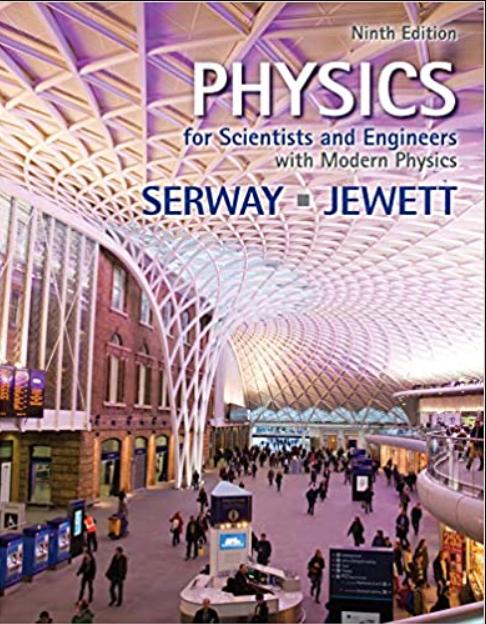Answered step by step
Verified Expert Solution
Question
1 Approved Answer
https://ophysics.com/l12.html Data Table 4: Focal length (f) = -7cm Object Height (h.) = 2cm Object Distance (do) Image Distance (d;) Image Height (h,) Image Description
https://ophysics.com/l12.html

Step by Step Solution
There are 3 Steps involved in it
Step: 1

Get Instant Access to Expert-Tailored Solutions
See step-by-step solutions with expert insights and AI powered tools for academic success
Step: 2

Step: 3

Ace Your Homework with AI
Get the answers you need in no time with our AI-driven, step-by-step assistance
Get Started


